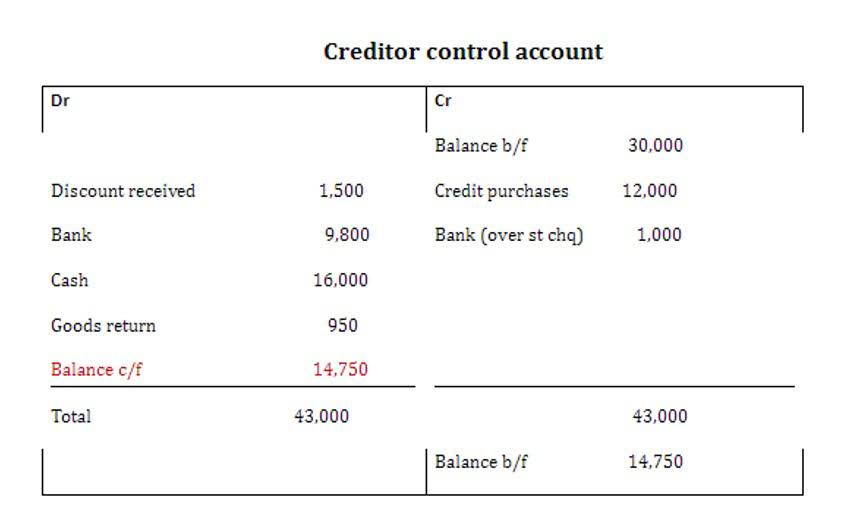
The expenses statement helps you see how well you’re managing your resources and whether your spending aligns with your mission. The main goal of the not-for-profit income statement is to show how well your nonprofit is doing financially. So, while both types of organizations keep track of their finances, they report and use that money differently. Companies are getting more into philanthropy these days, with corporations giving over $21 billion to nonprofits in 2022 alone through matching gifts, volunteering grants, fundraising matches, and more. By analyzing these statements, nonprofits can identify financial risks early, implement mitigation strategies, and make informed decisions to ensure long-term stability and resilience. Whether you’re helping people, funding community projects, rehoming animals, or supporting schools, every bit of money needs to be tracked and used wisely.

GAAP for Non-Profit Organizations: Special Considerations and Reporting Requirements
This statement breaks down expenses by their functional purpose (program services, management, and fundraising) to provide a clearer picture of where funds are allocated. Our complete guide to nonprofit financial statements has everything you need to ace these reports. They are guidelines that govern the financial reporting of all nonprofit organizations. Whether you’re stepping into a financial role at a nonprofit or serving on a board, understanding accounting standards is key to ensuring compliance, transparency, and financial sustainability. There is also a fourth type of financial statement that is unique to nonprofits, known as the statement of functional expenses. This report divides your organization’s expenses into the functional expense categories we outlined previously to demonstrate how your funding is being used to further your mission.

Financial Statement Preparation
The truth is, you can’t truly comply with accounting standards without first identifying which ones are applicable to GAAP for Nonprofits your organization. Accounting standards for nonprofits are probably not the first thing you think about, but are crucial for your organization to succeed. Yes, the Accounting Standards Codification typically applies to both for-profit and non-profit organizations. There are certain pronouncements that apply only to non-profits and certain that do not apply to non-profits. Direct expenses are specifically tied to a program or activity, such as program staff salaries or project supplies. Indirect expenses, such as rent or administrative salaries, benefit multiple programs and require allocation using a consistent method, often through a cost allocation plan.
How is nonprofit accounting different?
GAAP is one of the most fundamental concepts for nonprofit accounting, so you need to know what it entails to manage your organization’s finances effectively. Nonprofits make money from various sources, such as individual donations, grants, investments, and corporate contributions. Each of these types of revenue should be recorded separately in your accounting system to ensure consistency and materiality when it comes time to report contribution margin your revenue. Because accrual accounting includes both financial commitments and cash flows, it provides a more complete picture of your organization’s situation as required by GAAP. It also makes filing your Form 990 easier since you’d have to include a disclaimer and do additional calculations if you used the cash accounting method.
Secondary expenses
A detailed insight enables the nonprofit to assess its financial sustainability, identify trends, allocate bookkeeping and payroll services resources effectively, and plan for future funding needs and projects. Knowing the ins and outs of your nonprofit’s finances helps you make better decisions. However, 63% of people want to see proof that nonprofits follow a set of guidelines and ethical principles. These articles and related content is the property of The Sage Group plc or its contractors or its licensors (“Sage”).
Unlock the secret to creating successful nonprofit financial statements

To help you comply with nonprofit accounting standards and GAAP and overcome some of the challenges, here are some best practices to keep in mind. To restore confidence in financial markets, the Securities and Exchange Commission (SEC) was established in 1934. It was given authority to regulate financial reporting and initially played a role in shaping accounting standards.
Letting people know you’re on top of compliance shows you’re committed to running things properly and transparently. This part is all about showing your work to ensure everyone knows you’re doing things right. Here you get to show how your spending and income stack up against what you planned, whether you nailed your targets or where things might’ve gone a bit off-track.
Minding the GAAP for nonprofits – resources for generally accepted accounting principles
- This content is for general information purposes only, and should not be used as a substitute for consultation with professional advisors.
- However, unlike for-profit entities, nonprofits face unique financial reporting requirements that ensure funds are managed ethically and efficiently to further their mission.
- For instance, adopting accounting software that includes features specifically designed for nonprofit organizations can streamline the process of tracking contributions and expenses.
- There are certain pronouncements that apply only to non-profits and certain that do not apply to non-profits.
- Search software that offers automated compliance reminders, including built-in alerts for crucial filing dates, such as IRS Form 990 and state-specific reports.
It displays the changes in net assets, both with and without donor restrictions, and helps stakeholders understand the financial performance of the organization. Make sure the software builds in fund accounting for nonprofits, allowing you to categorize and track restricted and unrestricted funds. This feature is a great ally in ensuring compliance with donor requirements and providing clear visibility into fund allocation. Properly categorizing overhead costs is essential for maintaining effectively managing expenses of your organization.

Accounting for Nonprofits: ASC 842 Standards & Regulations
Two key pillars of nonprofit accounting standards are Generally Accepted Principles (GAAP) and the Financial Accounting Standards Board (FASB). Nonprofits can also help their board and key stakeholders understand the importance of GAAP and why it’s fundamental to follow GAAP standards for reporting. Using a fund accounting solution built to support the unique needs of nonprofits can help streamline adherence to GAAP.